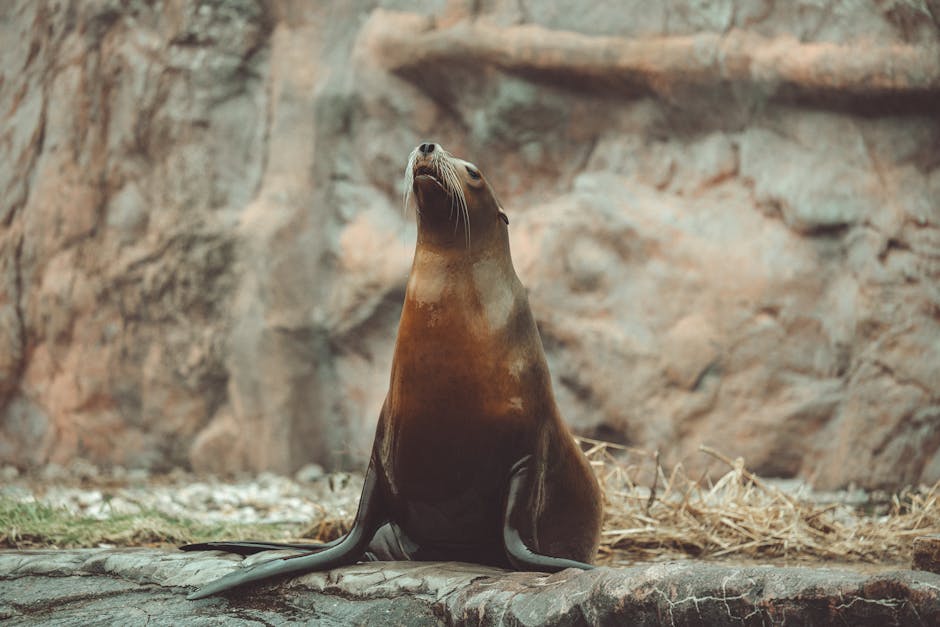
Conservation Efforts and Preservation of Rock Art Sites
Introduction to Rock Art Preservation
Rock art sites offer valuable insights into the cultural and spiritual lives of ancient peoples. Preserving these rock art sites is crucial for maintaining our shared cultural heritage. However, many of these sites face threats from natural erosion, vandalism, and urban development.
Challenges in Preservation
One of the main challenges in conserving rock art is ensuring that the delicate rock surfaces are protected from environmental factors such as weathering and biological growth. Additionally, unauthorized access can lead to vandalism or damage.
Strategies for Effective Conservation
Conservation efforts include controlling environmental impacts through measures like drainage planning and shelter construction. Moreover, employing advanced non-invasive restoration techniques helps preserve the authenticity of the sites without causing further harm.
The Role of Community and Education
Community involvement is vital for the long-term preservation of rock art conservation. Educational programs raise awareness about the significance of these sites, encouraging locals and visitors alike to respect and protect them.
International Collaboration and Legal Protections
Global cooperation plays a significant role in legal protection laws and sharing best practices. Countries are working together through UNESCO and other organizations to promote the conservation of world heritage rock art sites.
Conclusion
Preserving rock art sites ensures that future generations can appreciate and learn from these ancient expressions. Focused conservation efforts, community engagement, and international cooperation are key to safeguarding these irreplaceable cultural treasures for many years to come.
